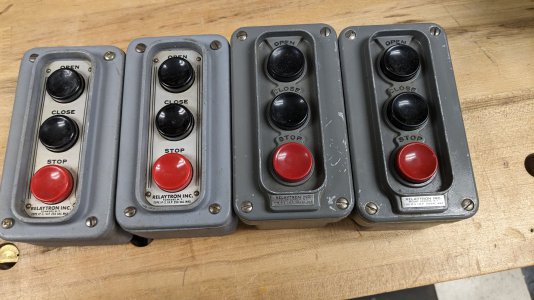- Joined
- Feb 25, 2021
- Messages
- 3,130
Looking at the motor plate, it draws roughly the same current either hi or lo. That suggests it is about the same HP either way. Twice the torque at 1/2 the speed. Others with better y/delta motor knowledge may weigh in.Should I use high speed or low speed?
Because of the way VFDs work with motors I would use the low speed (4 pole delta, left side connection diagram on the motor data plate) and then allow maybe 30Hz to 150Hz at the VFD. That would give you 1/2 the original spindle RPM at the low end to 2.5 times the original lo rpm at the hi end. These settings are not an exact science, you should be aware of the motor temp for a while until your really comfortable with the setup, especially at the low rpm end of the range when working it hard.
Be sure to folow the VFD setup process, get the data plate figures, particularly amps, entered into the vfd, and let the vfd run its tuning process.



